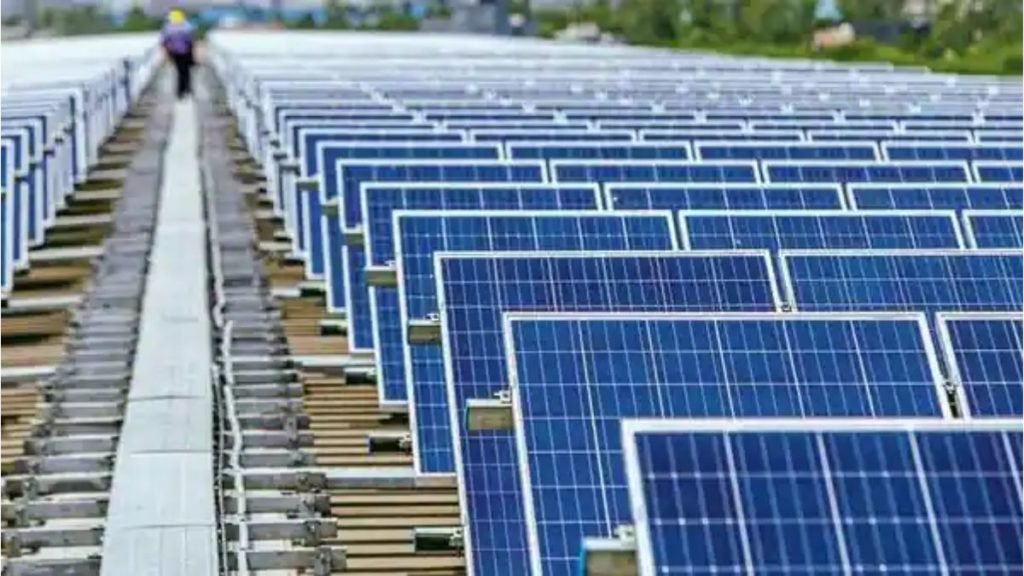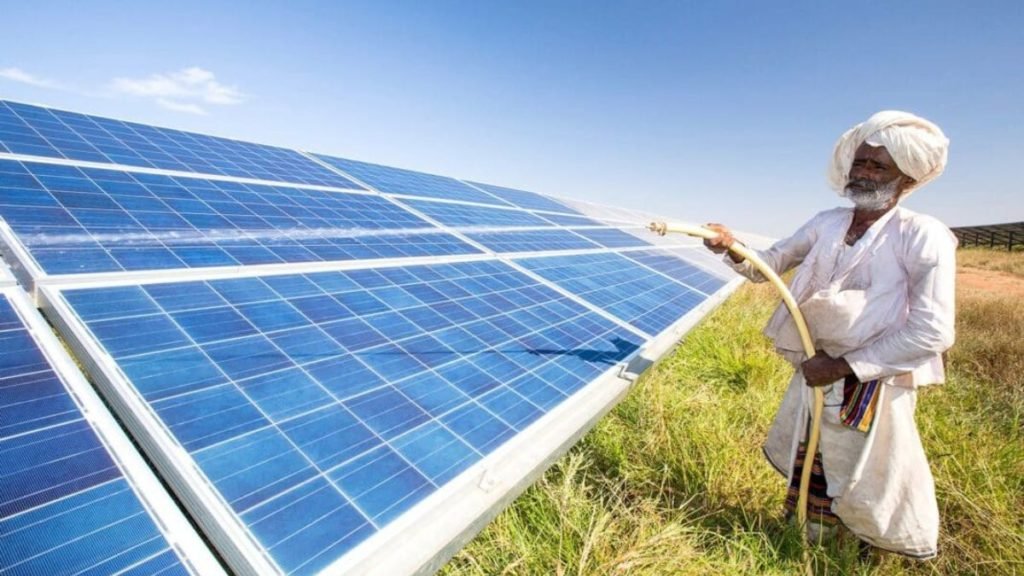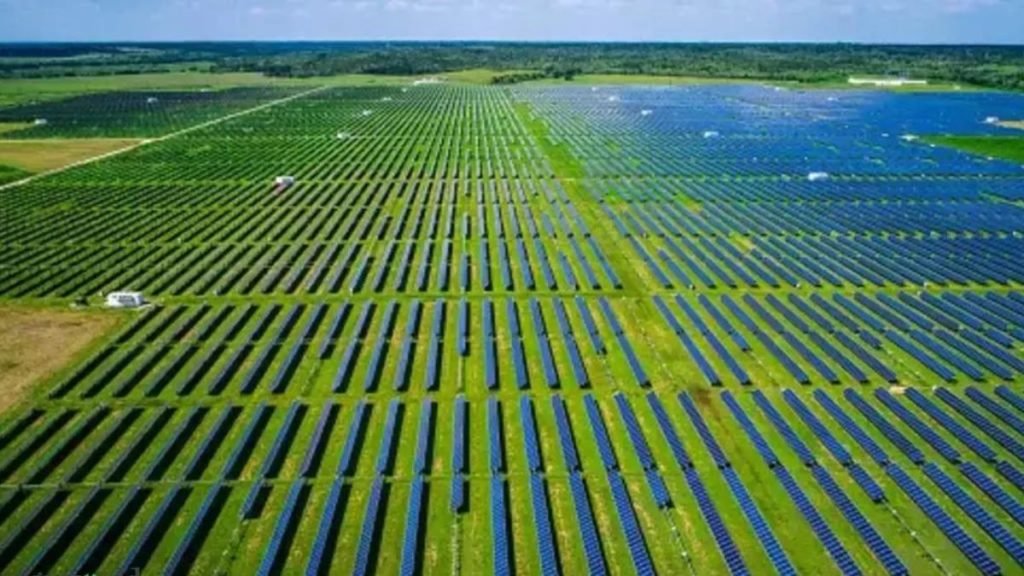India requires a capital infusion of hundreds of billions of dollars to achieve its goals for sustainability and renewable energy. The National Investment and Infrastructure Fund‘s MD and CEO, Sujoy Bose, has given it a price tag of $560 billion.
That is more than a fifth of India’s $3.5 trillion current GDP. India needs to invest trillions of dollars to reach “Net Zero” by 2070, according to Bose. He claimed that India’s sustainability objectives might benefit the country economically as well as environmentally.


India has the potential to emerge as a new centre for the use of technology. Bose stated at the annual FICCI Capital Markets conference that investing in sustainability is necessary to be at the forefront of new businesses and that these investments may also result in new, better-paying jobs. This has the effect of raising India’s median salaries as well, which were $400 and ranked 72nd out of 106 countries in a survey from 2020.
Breakdown of the Fund Bills:
500GW of Non-Fossil Fuel Energy: $200 billion by 2030
At the moment, hydropower and renewable energy sources provide 40% of India’s overall energy needs. According to Bose, the government wants to raise this to 60% by the end of the decade, but to do so will cost more than $200 billion.


India currently has a total capacity of 160 GW for renewable energy, and by 2030, the government wants that capacity to increase to 500 GW. According to government projections, India’s overall energy output would increase from its current 404GW to 820GW by 2030.
India’s Green Hydrogen Goals: $160 billion
Many people believe that green hydrogen is essential to reaching “Net Zero” status. The two richest individuals in India, Mukesh Ambani, and Gautam Adani are enthusiastic about this possibility.
Adani Enterprises announced earlier this year cooperation with TotalEnergies of France to build a green hydrogen ecosystem with an investment of $50 billion over the following ten years. On the other hand, Ambani promised to invest $75 billion in green energy, including an undisclosed number for green hydrogen.


These announcements, however, are still far short of the total capex needed to achieve the aims of green hydrogen. However, assistance is on the way, including from the Hyderabad-based Greenko group and the government-run Indian Oil Corporation.
India’s EV goals by 2030: $200 billion
Even while India may not have fully embraced the EV revolution yet, EV sales have increased over the past two years and are now approaching 5 lakh units. According to a report by the India Energy Storage Alliance (IESA), total EV sales might reach 17 million by 2030, growing at a compound annual growth rate of 49%. But according to Bose, that requires a huge $200 billion in capital expenditures.


India Funding Those Goals: How?
According to Bose, in order to fund India’s renewable energy targets, three different types of capital will be needed: debt, risk capital, and equity. The establishment of the Solar Energy Corp of India, along with tools like priority dispatch, was crucial to boosting private investment in the renewable energy sector, according to the speaker, who claimed that the government has led the way through regulatory innovation in the case of renewable energy.
He claims that as a result, the production of renewable energy is frequently less expensive than coal-fired power. The majority of equity investment in the renewable energy sector is now foreign, nevertheless. According to Bose, tying domestic and international funding to climate-related projects will help bridge the gap.
Read More: Gujarat is chosen by Vedanta for its $20 billion India semiconductor venture


